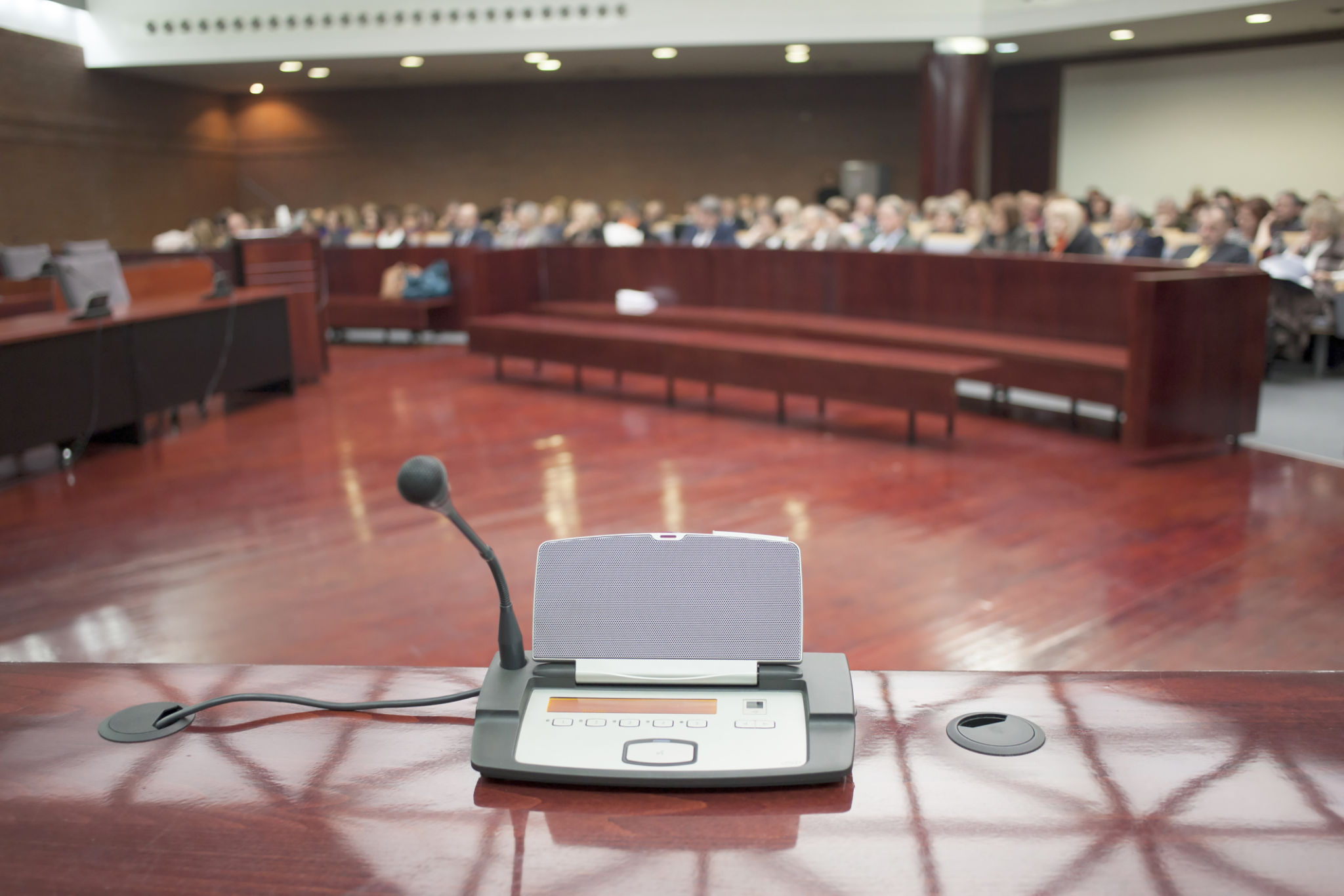Misconceptions About Court Translation: What You Need to Know
Understanding Court Translation
Court translation is a vital service that ensures all parties involved in legal proceedings can fully understand the proceedings, regardless of their native language. Despite its importance, there are several misconceptions about this service. Understanding these misconceptions is crucial for appreciating the professional skills and complexities involved in court translation.

Misconception 1: Any Bilingual Person Can Be a Court Translator
One common misconception is that anyone who speaks two languages fluently can serve as a court translator. However, court translation requires more than just bilingual ability. Translators must possess a deep understanding of legal terminology and procedures, which often requires specialized training and experience. They must also navigate the nuances of both languages to ensure accuracy and maintain the integrity of the legal process.
Misconception 2: Court Translation Is the Same as Interpretation
Another frequent misunderstanding is equating translation with interpretation. While both involve converting one language to another, they are distinct tasks. Translation refers to converting written text, whereas interpretation deals with spoken language. In a courtroom setting, interpreters are often required for live exchanges, whereas translators may work on documents such as affidavits or transcripts.

Misconception 3: Court Translators Do Not Need Certification
Some people believe that certification is unnecessary for court translators. In reality, many jurisdictions require translators to be certified or accredited to ensure they meet specific standards of proficiency and professionalism. Certification processes typically involve rigorous testing of both language skills and legal knowledge.
The Importance of Accuracy in Court Translation
Accuracy in court translation is paramount, as even minor errors can have significant legal consequences. A mistranslation could potentially alter the outcome of a case, impacting justice and fairness. Therefore, court translators must be meticulous and attentive to detail, ensuring that every word and nuance is correctly conveyed.

The Role of Technology in Court Translation
With advancements in technology, some assume that machines can replace human court translators. While technology can assist in the process, it cannot fully replace the nuanced understanding that human translators provide. Automated tools often lack the ability to comprehend context or cultural subtleties, which are crucial in legal settings.
Conclusion
In conclusion, understanding the complexities and requirements of court translation is essential for appreciating the critical role these professionals play in the legal system. By dispelling these misconceptions, we acknowledge the expertise and dedication required to ensure justice is accessible to all, regardless of language barriers.